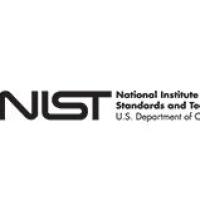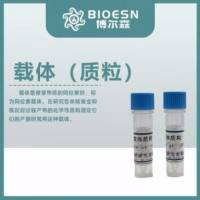The Identification of Neuropeptide Gene Regulatory Elements in Transgenic Mice
互联网
552
The typical mammalian genome contains 3 � lo9 bp of DNA. This amount of DNA is believed to include 3-4 � lo4 unique protein- encoding genes. Even complex, highly specialized cells, such as neurons, express a small fraction, perhaps 20%, of all the possible genes, how- ever. A major problem in neurobiology, therefore, is to characterize the mechanisms involved in neural-specific gene expression. Significant progress has been made in our understanding of the factors that restrict the expression of genes to particular cell lineages. A particularly good example is the growth hormone (GH) gene. Growth hormone belongs to a gene family that includes prolactin and chorionic somatomammotropin. Despite a high degree of homology between these genes derived from a single common ancestral gene, GH is exclusively expressed in one cell type in the mammal, the pitu- itary somatotroph. The first step in defining the molecular basis of somatotroph-specific gene expression was the identification of the minimal nucleotide sequences within the GH gene that confer strict pituitary-specific expression. Utilizing pituitaryderived cell lines trans- fected with reporter genes that contained putative cell-specific human or rat GH gene regulatory sequences, several groups of investigators delineated two binding sites in the promoter region that are essential









